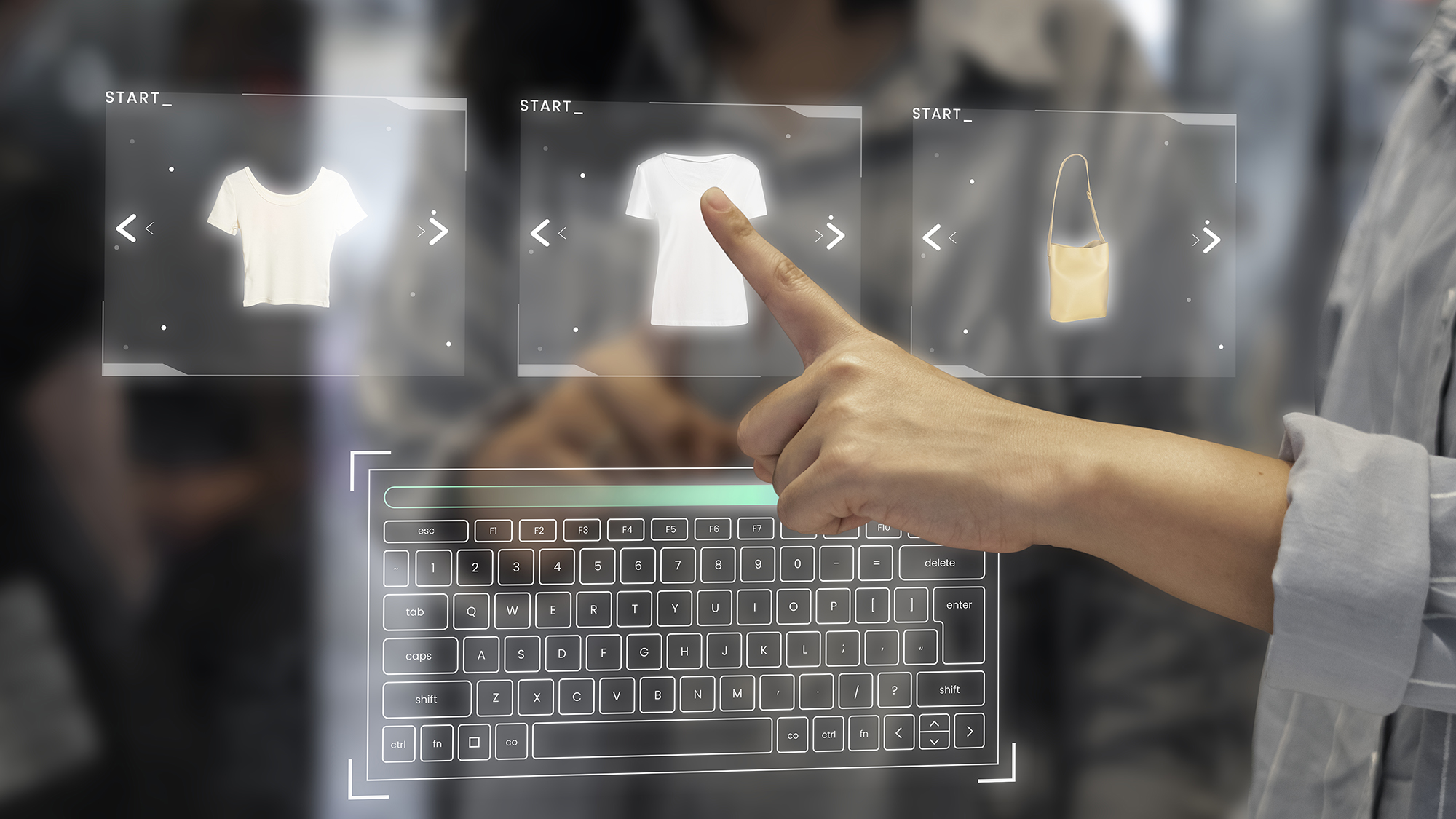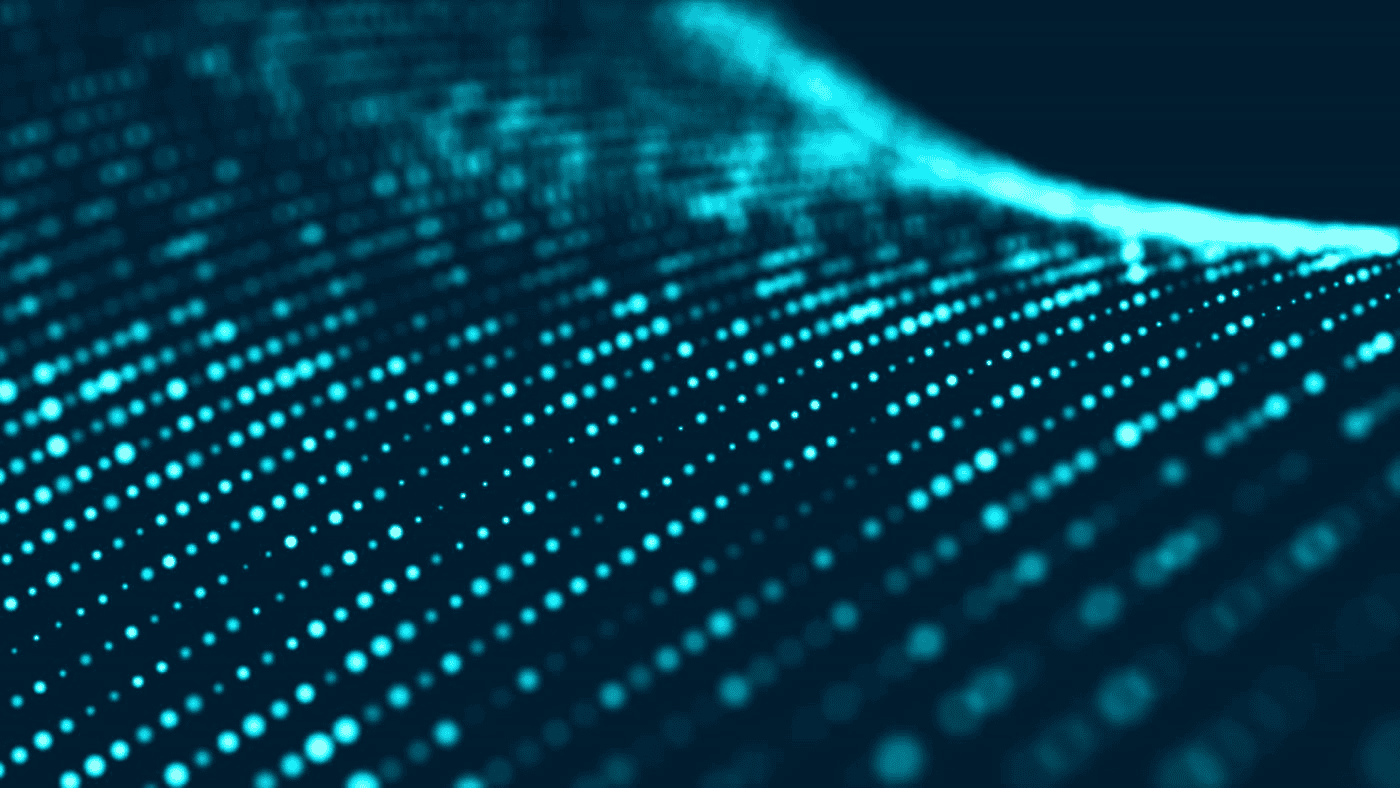AUTHORS

Giorgio Tesoniero
IIoT Architect @Bip xTech
Today, Industrial IoT technology is an important component of IT strategy for any company in the industrial sector embarking on a digital transformation journey. This technology, encompassing and requiring skills pertinent to both Information and Operational Technology (IT and OT respectively) for a successful implementation, enables new data to be collected from the field, extract information and knowledge from it subsequently leading to action.
The Industrial Internet of Things (I-IoT) is the result of the digital transformation process of manufacturing companies in the era of Industry 4.0 and not only finds use in production aspects of a business but can positively influence the entire product life-cycle. Thanks to the capabilities of I-IoT, new business and operational models are emerging in supply chain, manufacturing, sales, product maintenance and updation, and the creation of new digital and phygital services. This takes different shape against the background of recent global scenarios that have seen markets affected by the Covid-19 pandemic, the latest war events, increased pollution, the semiconductor supply-chain bullwhip effect, etc.
Optimizing resources (human and otherwise) and protecting the environment are becoming increasingly important for companies that are turning to advanced technological solutions to improve efficiency and reduce production and maintenance costs during what can be considered, a new era of ecological transition. In short, we are talking about the phenomenon of Industry 4.0.
The I-IoT technology scenario
“Industrial-IoT” is that branch of IoT which, integrating IT and OT areas, focuses on industrial assets and machines to collect, transmit, aggregate, store and analyze data they generate to optimize their reliability and availability (up-time), reduce their operation and maintenance costs, and extend their working lifecycle. However, it is critical to identify, manage and “enhance” the value of data to be prepared for the most common problems typical of digitization and automation paths in purely industrial environments. Despite I-IoT enjoying a global market value of US$321.81 billion as of 2022 (source grandviewresearch), many companies, while recognizing the benefits of the technology adoption, find adoption and implementation barriers. This is mainly due to the heterogeneity of the technology stack (Figure 1) that implies deep end-to-end (E2E) architectural knowledge ranging from data collection from end devices (simple PLC to state-of-the-art IoT devices) to its proper storage and interpretation (analytics for business decision making). It is consequently created by functional levels with each area requiring specific skills.
The “End Devices” layer includes intelligent objects and systems that can collect data about themselves and the environment around them with the ability to modify their behavior when and if necessary. Embedded programming skills are required for microcontrollers, industrial PLCs[1], modular/prototypical devices, and testing to validate the functioning and performance of the said devices.
The “Connectivity” layer is concerned with designing and configuring the connections (the network) needed to transfer data from the source to its destination(remote or proximate). Skills focus on knowing the variety of IoT protocols (communication, transport and application layers) and choosing to use the correct one to implement the target use case. In some cases, an understanding of managed, mobile connectivity may also be needed.

Figure 1 – IoT Functional Levels
Skills on network topology, signal theory, and field data aggregation equipment (gateways) are also critical for proper communication between system components.
Cloud Infrastructure (if required by the specific use case) hosts IoT platform components and vertical applications to manage data, devices, and analytics. Some of the skills required for this area relate to microservice architectures, Hyperscalers computing, and multiple cloud models (IaaS, PaaS, SaaS).
The “Data Platform” layer implements the solution for data acquisition, processing, analysis, and visualization/presentation. This area requires skills in IoT-specific Big Data processes and tools for Data Processing & Aggregation, and Data Storage & Databases.
The “IoT/I-IoT Platform” layer is a set of components to deploy applications, collect data remotely, secure connectivity, and perform device management. This can be mostly implemented through E2E solutions (One-size-fits-all approach typical of commercial I-IoT platforms) where specific skills on I-IoT products are required (custom configuration and extensions) or through the design and construction of a hybrid component architecture where open source or proprietary systems are used to “tailor” one’s solution. In the latter case, it is critical to have expertise on IoT platform hyperscalers, flow&low programming, and interoperability tools such as interfaces and API managers.
The “Applications” level covers the implementation of specific vertical use cases (predictive maintenance, asset control, process optimization, Energy Management, remote control, quality control, personnel protection, health & safety, etc.), customized to business needs and requirements. Skills involve programming (scripting languages, object-oriented, model-based programming), design and implementation of graphical interfaces (UX+UI), digital twin and in general interoperability between BSS and OSS systems.
The “Analytics” layer is aimed at analyzing the huge amount of data collected from the field and to extract information that can support the company in decision making, process optimization and predictive maintenance. This requires knowledge of AI, Machine Learning, Deep Learning and related tools and algorithms.
The cross domain layers, namely “Security” (set of strategies and rules to protect IoT devices and the information they process regarding processes, organizations and tools against breaches) and “Interoperability” (defined as a set of protocols, structures and tools that ensure that products from different vendors can work together reliably and safely) specifically need general security skills (from the concepts of encryption and authentication to security by design) and more specific ones such as Interoperability layers in SW and HW systems to knowledge of OWASP[2] verification standards for IoT
security.
Figure 2 – I-IoT & Business
I-IoT is a catalyst for the convergence of technologies from the OT world (ex: SCADA systems operating precisely at the plant level with a focus on efficiency and quality) and IT (ex: WMS – warehouse management systems – operating at the IT infrastructure level with a focus on process optimization, governance, security, etc.). Bringing these two contexts together, is the basis of digital innovation for companies that want to achieve new business models, offer new services (Servitization paradigm) and engage in more efficient processes.
IoT vs. I-IoT and use of domain platforms
I-IoT focuses on improving connectivity between field devices, sensors, and production lines saving energy and time, increasing efficiency and other potential benefits derived from the creation of new services around Industry 4.0. It plays a significant role in the daily impact of business costs and plant and worker-related safety. The main ‘reason to exist’ for I-IoT is that machines are “more reliable” than humans at acquiring and communicating data accurately and consistently. This data can then be used by organizations to complete tasks in less time, solve problems, save money, make fault predictions, and support business intelligence efforts.
In the manufacturing sector, I-IoT has great potential for creating an ecosystem aimed at quality control, supporting sustainability and green practices, supply chain management, and overall efficiency. I-IoT facilitates operational environments by integrating smart (multi-tiered connected) machines and production equipment and improving asset performance through low-cost sensor placement, easy cloud connectivity, and data analytics. Data is collected from different types of devices and converted into actionable information in real time, resulting in business processes that react to changes and threats in an agile, precise fashion with relatively lower impact on business as usual.
All of this can be addressed using platforms specifically designed and optimized to work in industrial applications such as manufacturing, power plants, and oil & gas. Such nearly E2E platforms often take the one-size-fits-all approach: that is, they provide hardware, software, connectivity, security, and tools for rapid IoT system deployment. In other words, these are ‘horizontal’ platforms. The following image shows some of the typical capabilities of an Industrial IoT Platform.
Figure 3 – Goals and features of an I-IoT platform
The following is a summary to better understand the differences between an Industrial- IoT platform and a standard one:
| Platform | IOT | I-IOT |
| Utility | It is mainly designated for individual consumers, which can be used in homes, offices and on their person. | It is used in enterprises and industries. |
| Security | Security is relatively less of an issue in IoT in comparison to IIoT, as it does not include handling mission critical processes (with some exceptions, of course, such as IoT solutions in healthcare). | Security is a major concern in IIoT as these solutions manage organizational and business-level value chains. |
| Application context | It uses application with low-risk impact. | It uses more sensitive and precise sensors. |
| Cost | The market is more saturated and as a result, it less expensive. Also, the fact that such solutions can be developed using commercially-off-the-shelf product, development and maintenance costs often go down lowering the Total Cost of Ownership. | It is more expensive in comparison since it requires sensitive, made-to-order devices, sometimes dedicated networks and cloud infrastructures, and other customized functionalities across the technology stack. |
| Connectivity | Mostly unidirectional; data to cloud; low frequency. | Bidirectional for data transmission/remote access control/automation; high frequency. |
The Benefits of I-IoT in Manufacturing
The employment of I-IoT in engineering and manufacturing will be increasingly diffuse as companies rush to stay competitive in a tech-savvy market. Companies are approaching this technology to also enjoy unprecedented levels of data (particularly in reference to supply chains). The benefits of adopting a digital transformation process using I-IoT are significant. The following are the main ones:
- Digital connection and remote management of assets: this allows a real-time overview of the status of most devices (irrespective of complexity) or systems and to act in case of anomalies, breakdowns, or pro-active intervention from a security perspective.
- O&M cost reduction through predictive maintenance: being able to intercept failures and lockouts on objects and production lines dramatically optimizes the efforts of the maintenance teams with obvious cost savings.
- Reduced downtime and improved SLA. Identifying potential issues on production lines, even before they occur sharply increases business productivity. I-IoT systems can automatically notify all those events that would impact the normal execution of the industrial pipeline.
- Cost reduction and supporting green initiatives through improved energy efficiency: the use of Smart Meters in conjunction with other devices to monitor environmental conditions makes it possible to maximize efficiency in the operation of machineries and production lines by regulating their consumption according to actual operational needs.
- Increased revenue due to new products, services, and business models: because of the value of data, new information can be created as the basis for resalable services to other customers.
- Reducing labor costs through automation and granular connectivity: many operations will increasingly minimize human intervention especially in repetitive and time-consuming tasks.
- Ensuring a higher level of worker safety and compliance in work environments: thanks to the use of sensor technology, it will be possible to easily identify behavioral anomalies and violations of safety regulations in industrial environments.
- Increased employee satisfaction by using compact and intuitive dashboards that enable specialist staff to better manage control systems.
Major challenges for industries
Manufacturing companies are already taking part in the Industrial-IoT revolution by realizing new use cases such as: augmented operations, advanced digital product engineering, data-driven inventory optimization (and quality control), human-robot collaboration, predictive or proactive maintenance, everything-as-a-service business models, asset testing, and remote services. These digital transformation initiatives improve efficiency, creating new revenue streams and reducing production-related risks. Nonetheless, implementing these solutions involves tackling nontrivial technological challenges including:
- Scalability: the number of connected nodes in an industrial system is subject to change; therefore, the amount of data generated may vary. This causes Data homogenization problems.
- Heterogeneous systems: each technology has its own features regarding the generation of the data itself, which leads to different frequencies and formats of information encoding (representation).
- Interoperability is a critical problem arising from heterogeneity. Semantic interoperability is one option for providing new services from knowledge of an existing OT system. Another approach may be the design of protocols that facilitate technology interoperability.
- Reconfigurability of hardware or protocols also comes from heterogeneity. Subject matter experts should privilege (depending on the context) sensors, protocols, and platforms that can be reconfigurable to fit the application and scenario.
- The reliability and availability of an I-IoT service depends upon just how reliable and available the communication is. Wireless channels are dynamic and sometimes unpredictable (noise and refraction events) in specific industrial contexts. Loss of communication can occur for two reasons: device failure or link failure. In case of link failure, the main solutions are buffering or caching. In case of failure of a connected object, device redundancy can be considered.
- QoS: control of radio resources, discontinuous receiving/loss of packets, end-to-end packet delay, and bandwidth availability are important factors in determining the quality of services.
- Energy efficiency, a remarkably sensitive topic, involves optimizing hardware, communication protocols and processing (algorithms).
- Finally, security. In an industrial context, this aspect becomes most relevant because of the sensitive information that can be breached. The non-existence of “complete” cybersecurity solutions is the main challenge for large-scale engineering industries. Of major concern is that breaches affect individuals and companies, which can be exposed to financial and operational risks. As the engineering and manufacturing sectors use a multitude of I-IoT solutions, they are exposed to security issues, cyber risks associated with the convergence of IT/OT, and insider threats. In view of this, I-IoT systems must necessarily be implemented following “security-by-design” paradigms.
Companies that want to implement I-IoT use cases should consider using a domain platform since, those industry leaders, offer a product that is robust, secure, and flexible enough to meet modern architectural (integration with OSS systems) and business (integration with BSS systems) requirements. Above all, such platforms are built from industry experience.
Conclusions
The automation of the engineering and manufacturing industry creates a new evolutionary breakthrough with the power of the Internet of Things. Although I-IoT is advantageous in different ways, companies face many challenges when implementing the digital transformation process. Through awareness of the potential and challenges of I-IoT, manufacturers will have a clearer view of what will need to be achieved and the costs to be considered. If companies want to gain a competitive advantage in the market, they should take necessary actions to differentiate their products in the market and engage in appropriate initiatives to manage the current increases in energy costs to be eco-sustainable.
I-IoT@BIP
xTech is a Bip Group center of excellence with a strong history in strategy definition, service analysis, solution design and governance in the new technology arena. Having a clear vision on the potential of each IT sector is one of our priorities: that is why the Competence Team on Industrial IoT was created to support companies that want to engage in digital innovation.
The new use-cases that I-IoT will enable at the level of Smart Manufacturing, OT and IT convergence, and end-customer services will have to be analyzed keeping in mind business objectives, the market and rapidly changing technology, as well as keeping an eye on how to capitalize and integrate business assets.
We are, as ever, at the side of our Clients to help them capture the opportunities offered by I-IoT, also by virtue of our strong competencies on Artificial Intelligence, Cloud and Big Data, which will increasingly merge with IoT technologies.
To request further information about our end-to-end offerings or to have a conversation with one of our experts, simply send an email to [email protected] with the subject “I-IoT”, and we will get in touch with you immediately.
[1] Programmable Logic Controller – a programmable logic controller is “a small industrial computer designed to perform logic functions executed by electrical hardware (relays, switches and mechanical timers/counters and other more complex devices)”.
[2] The Open Web Application Security Project® (OWASP) is a nonprofit foundation working to improve software security through community-driven open-source projects, hundreds of local groups around the world, tens of thousands of members, and leading educational and training conferences.




























































